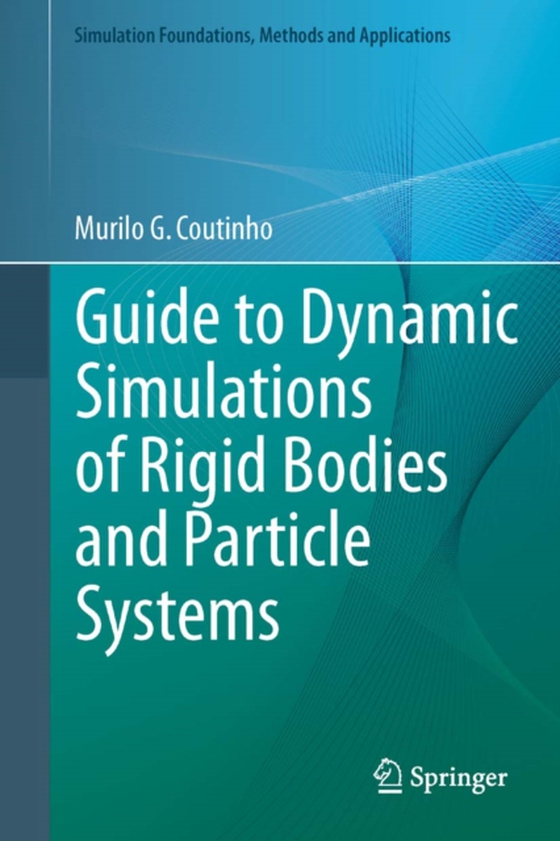
Guide to Dynamic Simulations of Rigid Bodies and Particle Systems e-bog
436,85 DKK
(inkl. moms 546,06 DKK)
Physically based modeling is widely used within the fields of computer graphics and mechanical engineering for complex systems that are difficult to analyze using conventional mechanics theory.This Guide to Dynamic Simulations of Rigid Bodies and Particle Systems presents a comprehensive introduction to the techniques needed to produce realistic simulations and animations of particle and rigid-...
E-bog
436,85 DKK
Forlag
Springer
Udgivet
8 oktober 2012
Genrer
UYM
Sprog
English
Format
pdf
Beskyttelse
LCP
ISBN
9781447144175
Physically based modeling is widely used within the fields of computer graphics and mechanical engineering for complex systems that are difficult to analyze using conventional mechanics theory.This Guide to Dynamic Simulations of Rigid Bodies and Particle Systems presents a comprehensive introduction to the techniques needed to produce realistic simulations and animations of particle and rigid-body systems. The book focuses on both the theoretical and practical aspects of developing and implementing physically based dynamic-simulation engines. Opening with an overview of the independent modules constituting a simulation engine, the text then provides detailed explanations for each technique, with more complex mathematical algorithms and associated implementations included in the second part of the book. Each chapter examines numerous algorithms, describing their design and analysis in an accessible manner, without sacrificing depth of coverage or mathematical rigor.Topics and features: examines the problem of computing an hierarchical representation of the geometric description of each simulated object, as well as the simulated world; discusses the use of discrete and continuous collision detection to handle thin or fast-moving objects, including a derivation of the conservative time advancement algorithm; describes the computational techniques needed for determining all impulsive and contact forces between bodies with multiple simultaneous collisions and contacts; presents techniques that can be used to dynamically simulate articulated rigid bodies; concludes each chapter with exercises, ranging from issues of algorithm enhancements to alternative approaches that complement the algorithms discussed in the book.Practical and easy-to-follow, this hands-on guide/reference is essential reading for software developers involved in computer graphics, computer animation, and computer-aided mechanical design and modeling.
 Dansk
Dansk

